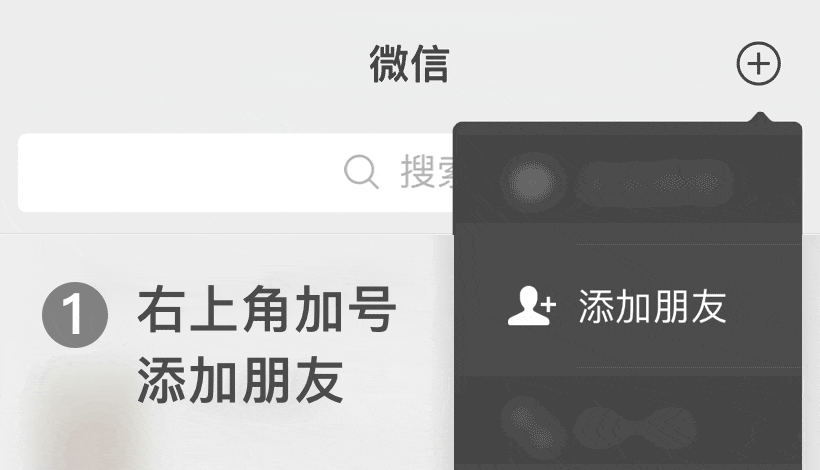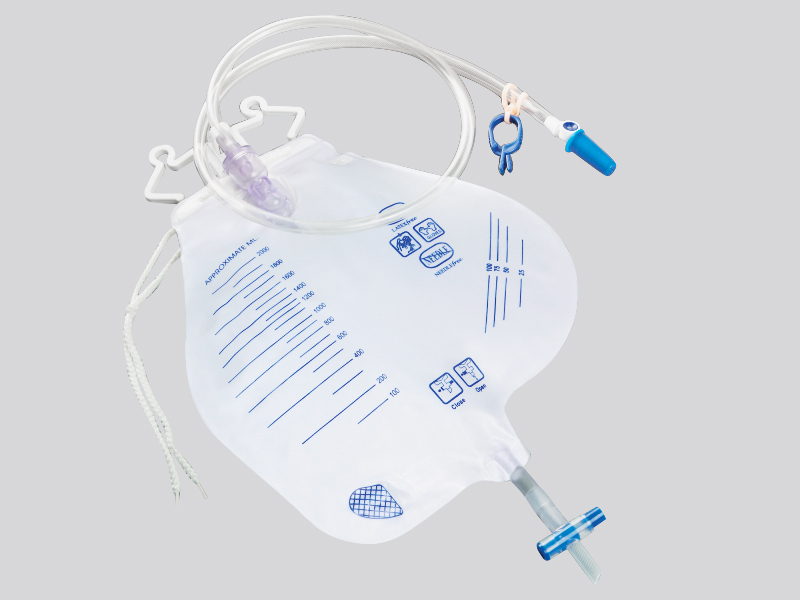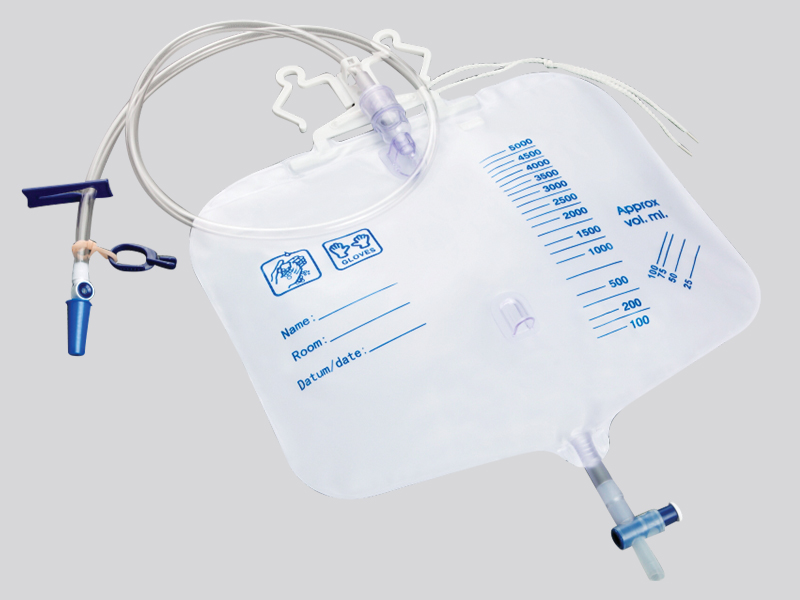
The current position:Home > Information dynamic
> Industry Trends
What are the main advantages of disposable gastrointestinal nutrition infusion tubing
source:www.qiannqu.com | Release time:2025年07月14日1. Significantly reduce the risk of cross infection
As a disposable product, the pipeline is directly discarded after use, avoiding problems such as residual pathogens and poor cleaning and disinfection caused by repeated use, fundamentally reducing the risk of cross infection (such as bacterial and viral transmission) between patients, especially suitable for susceptible populations with low immune function and postoperative recovery, and meeting the strict requirements of hospital infection control.
2. Convenient operation, reducing the workload of medical staff
Without the need for complex cleaning, disinfection, and sterilization processes (such as high-temperature sterilization and chemical disinfection of traditional reusable pipelines), medical staff can directly open and use them, saving operation time and improving clinical work efficiency.
Pipelines are usually pre installed with interfaces, filters, regulators, and other components (such as infusion pump connection ports and flow rate regulators), which can be quickly connected to nutrient containers and infusion equipment (such as enteral nutrition pumps) upon opening, simplifying the operation process.
3. Strong material adaptability ensures safe nutrition infusion
Medical grade materials such as polyvinyl chloride (PVC) and polyurethane (PU) are commonly used in pipelines, which have good chemical stability and are not easily reacted with enteral nutrition preparations (such as suspensions containing protein, fat, and dietary fiber), avoiding the destruction of nutrients or the production of harmful substances.
Part of the pipeline has smooth inner walls, which can reduce the risk of residual nutrient solution and blockage; Simultaneously possessing a certain degree of flexibility and bending resistance, to avoid flow interruption caused by pipeline bending during infusion.
4. Design to meet clinical needs and enhance patient comfort
The length and diameter of the pipeline can be designed according to the usage scenario (such as nasal feeding, fistula infusion) to meet the needs of different patients (children); Some pipelines are equipped with fixed stickers, which are easy to fix on the patient's body surface and reduce discomfort during movement.
Disposable use avoids problems such as rupture and leakage of reusable pipelines due to aging and wear, ensuring the stability of the infusion process and reducing the risk and discomfort of patients caused by equipment failure.
Prev:
What are the advantages of disposable anti backfl…
Next:
Briefly introduce the core advantages of disposab…

 Cn
Cn En
En WeChat ID:
WeChat ID:






 Contact us
Contact us
 Add WeChat
Add WeChat
 Telephone
Telephone